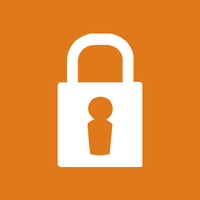Know Your Data
Preserve Privacy
Follow the policy to secure Harvard data. If you don't need it, delete it!
 You generate lots of information, but do you treat it all the same way? Of course not. Some types of information you want to share with the world, other information needs to be kept private. In the same way, Harvard has categories of information. There are important rules to follow when handling them.
You generate lots of information, but do you treat it all the same way? Of course not. Some types of information you want to share with the world, other information needs to be kept private. In the same way, Harvard has categories of information. There are important rules to follow when handling them.
Data Classification Guide and Policy
Data Classification Guide and Harvard Information Security Policy
The data classification guide will help you determine the level of the data you are using. The included handling guide will advise you of proper ways to store, print, share, and dispose of various levels of confidential information.

Harvard IT Security Policy
Full text of requirements for users, devices, and systems handling Harvard's confidential data.
Where to Share
Collaboration and sharing are important for getting work done at Harvard. To support all the different types of data, we have tools and services available for all security levels. Use the Collaboration Tools Matrix to see the right place to share and store confidential data.
Links not Files
When you send an email with an attached file, the file is out of your control. Share links instead of file attachments to keep control of file access after you hit send.
Don't forget to check these commonly overlooked files and file locations to clear unintended copies of confidential data. How to delete
- Scans of physical forms or surveys
- Working or iterative copies of live data
- "Downloads" and "Desktop" folders
- Backups on external hard drives or flash drives.
Back from Delete?
When you delete a file, the data is often still sitting around on the system. These files can be recovered, which isn't good if you're trying to delete unneeded confidential data. The Electronic Frontier Foundation (EFF) has produced guides for making data irretrievable to others on Windows and OS X in a more secure way. If you're not sure where to start, contact your security or support staff for help.
 IT Security Policy Quick Reference Guide
IT Security Policy Quick Reference Guide Data Classification Table and Policy
Data Classification Table and Policy


